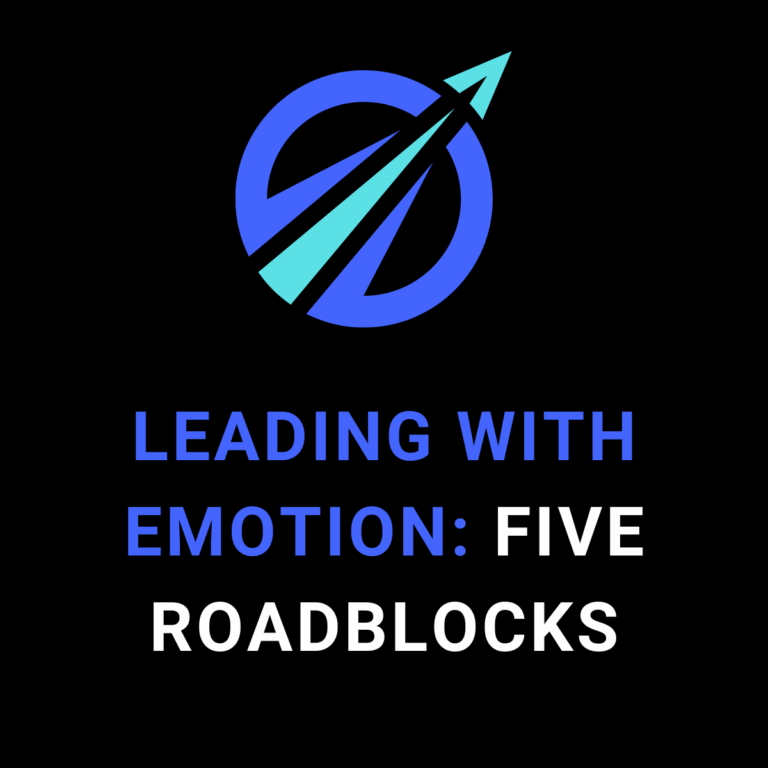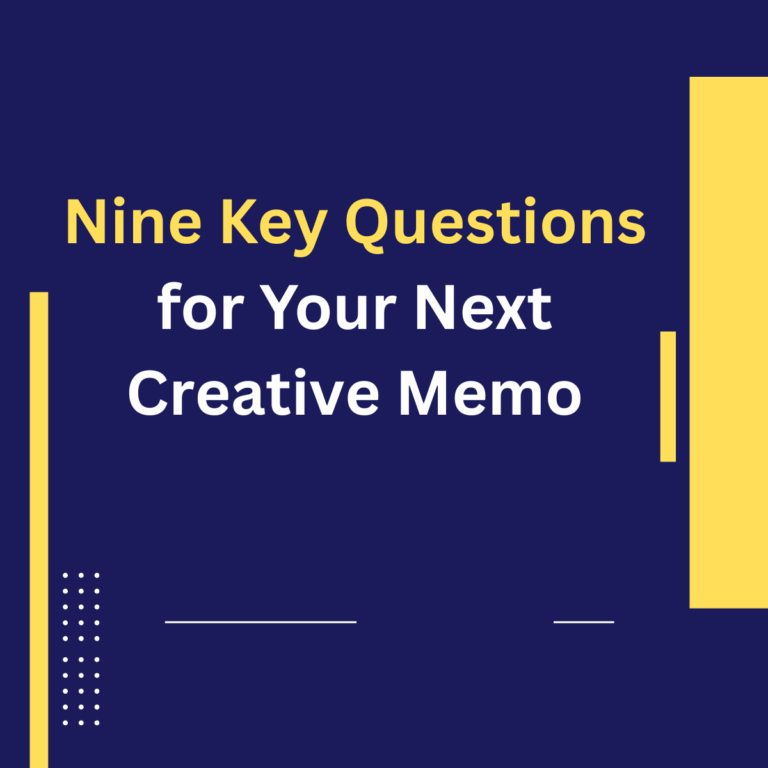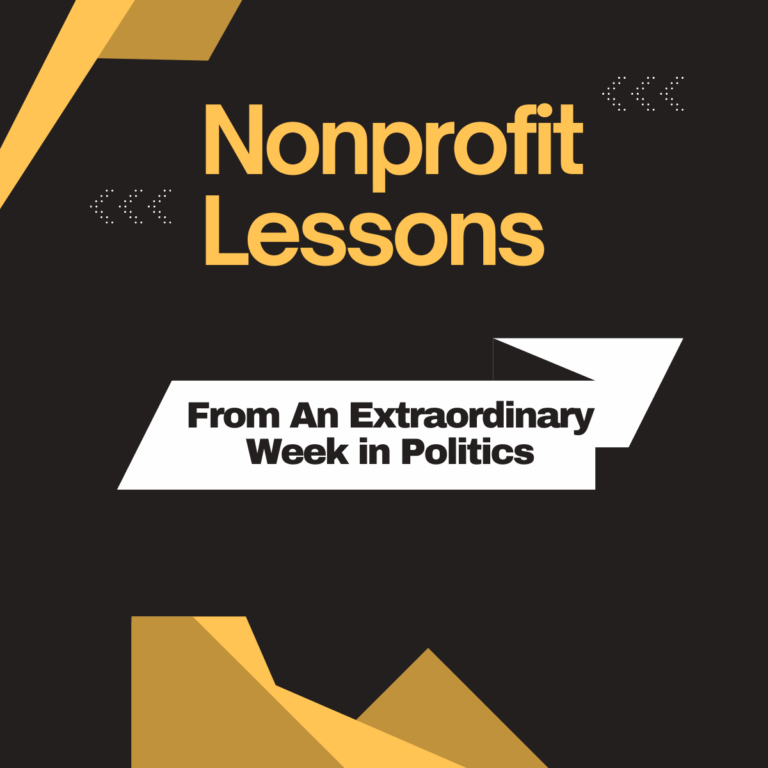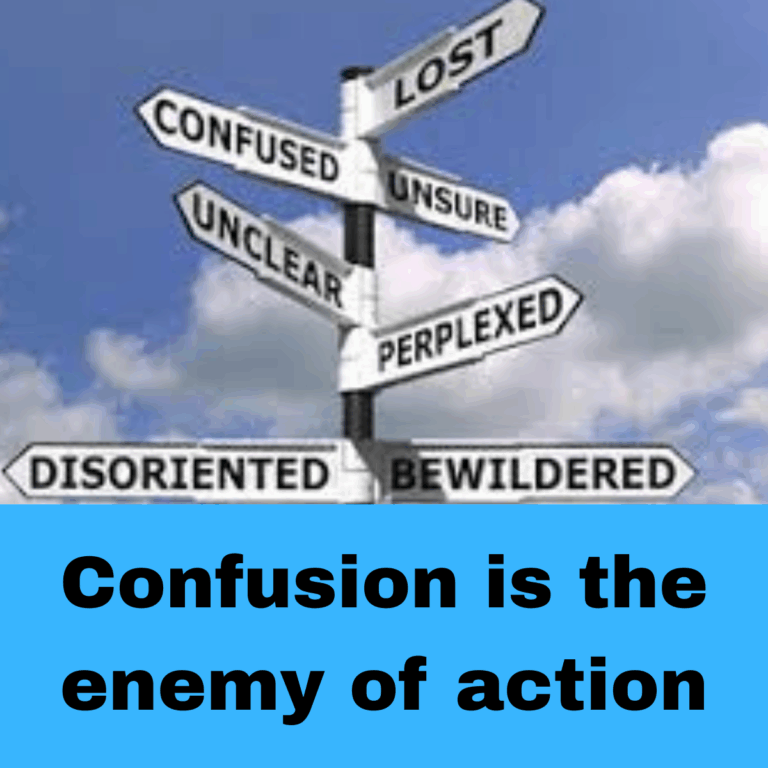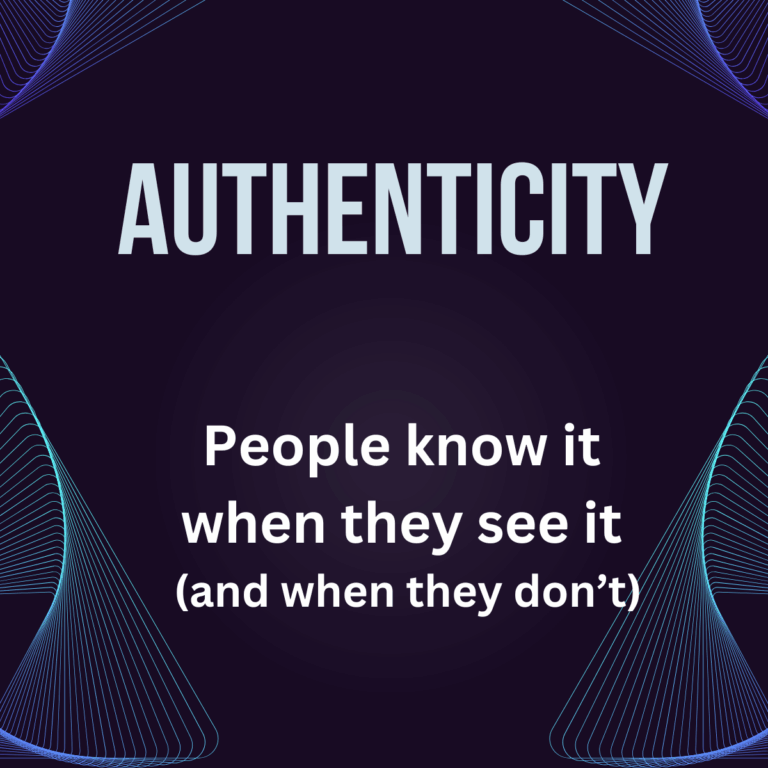Data or Creative — which one matters more? We’ve all heard some version of the debate.
A data person suggests that, without data defining a clear audience, even the best creative work is toast. In response a creative says something like. “Data doesn’t move people. Stories and emotion do.”
Personally, I blame it on Ed Mayer, the direct marketing pioneer who came up with the 40/40/20 rule about six decades ago. Just kidding. I actually blame it on people who totally misunderstand Mayer’s point.
In the 1960s, the advertising world was dominated by high-powered creative agencies and legendary copywriters. Sensing an over-concentration on creative, Mayer wanted to give direct marketing practitioners some new guidance on where to focus their attention. So, he came up with the rule.
The success of a direct response campaign depends
40% on data, 40% on offer, and 20% on creative.
How did Mayer get there? He looked at a lot of campaigns and — relying partly on evidence, partly on instinct — he concluded that variations in data or offer were more likely to move the dial on performance than changes in creative.
The 40/40/20 percentages weren’t exactly scientific. But they were memorable and, for Mayer, they created more balanced guidance for people executing campaigns.

Here’s the problem. Too many of today’s practitioners totally misread how to apply the rule. You hear it when people say things like “Even if the creative is really bad, there’s still an 80 percent chance the effort will work.” Or “If the data is way off, it reduces the chance of success to 60%.”
I’m not a mind reader, but I’m certain that’s not what Mayer intended to say. Whether you agree with him or not, what the 40% data and 20% creative figures convey is this: There’s a bigger penalty for being off on your audience with less than perfect data than there is for producing less than ideal creative.
It defies logic when that gets carried to the extreme and people suggest you can utterly fail on one of Mayer’s three elements and still have hopes of overall success.
But perhaps we don’t need to worry about that anymore. Maybe the 60-year old rule is no longer a useful guide. After all, the direct marketing landscape has changed in fundamental ways since Mayer invented his rule decades ago.
The proliferation of data analytics tools makes it possible for marketers to understand their audiences in ways Mayer couldn’t have even imagined. What’s more, his rigid 40/40/20 split fails to capture the range of campaign design and execution options available to today’s direct marketers. Just one example: Shouldn’t channel choice and channel integration be key elements in any 2025 rule intended to guide where direct marketers should focus their attention?


One of the fallacies perpetuated by the 40/40/20 rule is that audience is all about data and finding the right people to focus your campaign on. But any copywriter worth their salt would tell you it’s hard – perhaps impossible – to communicate persuasively if you don’t have a solid grasp on who you’re talking to.
Here’s highly regarded copywriter Kim Krause Schwalm discussing copy in the context of the 40/40/20 rule. “In terms of those 20%, copy isn’t the only component of Creative, but it is the most important . . . And so much of that is the research you put into it. Getting to know that market or audience, their biggest pain points and frustrations and hopes. And what are the alternatives they’ve seen? And what hasn’t worked for them? And why will this work now? And why should they believe that?”
So yes, it’s all about audience, but the audience isn’t just about data.

Here are just a couple of examples of the kind of oppositional perspectives that aren’t helpful in arriving at a forward-looking perspective on how it all fits together. (Although, to be fair, the second quote does at least nod towards the usefulness of data.)
“So, which is the most important element of a campaign, the data or the creative? This question becomes more obvious if you re-phrase it e.g. will your highly creative campaign deliver on your boss’s demand for ROI, when it finds its way into the hands of someone that couldn’t give a damn about your product? No it definitely won’t.”
— Chris Tanti, Data Strategist
“Take data. Incredibly useful. It helps us see patterns, test assumptions, expose truths. But it’s not where ideas come from. Data never invented anything. Not the iPhone. Not Dyson. Not Nike. Those came from instinct, imagination, and a willingness to leap. Data informs. Creativity inspires.”
— Sir John Hegarty, Advertising Executive
Which matters more data or creative? It’s just the wrong question. It’s not about choosing one over the other. It’s about harnessing the strengths of both to create campaigns that break through.

Here’s how award-winning marketing strategist Martyn Clarkson puts it: “It isn’t data itself that’s powerful. It’s the selective application of that data in such a way that it can actually inform and inspire great creative that’s powerful.”
It’s the coming together that matters. That’s where all the power lies. Creative work unmoored to data that clearly defines the audience is a likely-to-fail exercise in copywriting vanity.
Here’s what’s also true: Data, analytics and tactics used to help forge the path for a persuasive message is powerful. But those same things used in place of a powerful message is a recipe for failure.
Data helps you locate and understand your audience. Creative helps you know what to say when you get there.
It’s only when they come together, each playing a pivotal role, that the magic happens.

I’m not under any illusions that I have successfully put the “Does data or creative matter more?” question to rest. But maybe I’ve helped shed light on the misinterpretation (and perhaps outdated utility) of 40/40/20 rule.
And hopefully I’ve provided some food for thought about the essential and complementary roles data and creative can play in our work.


